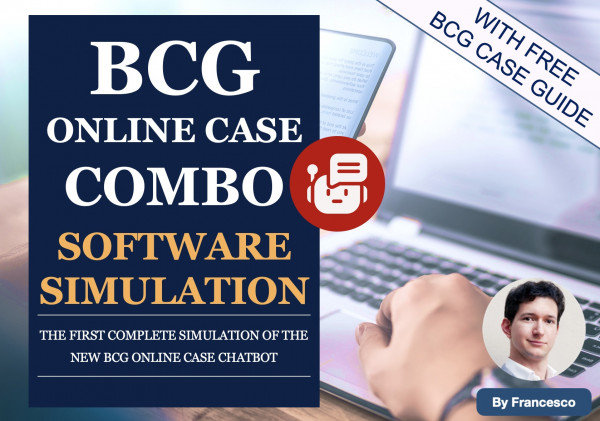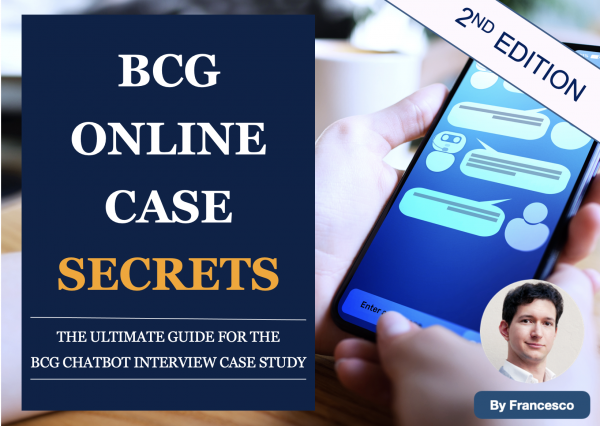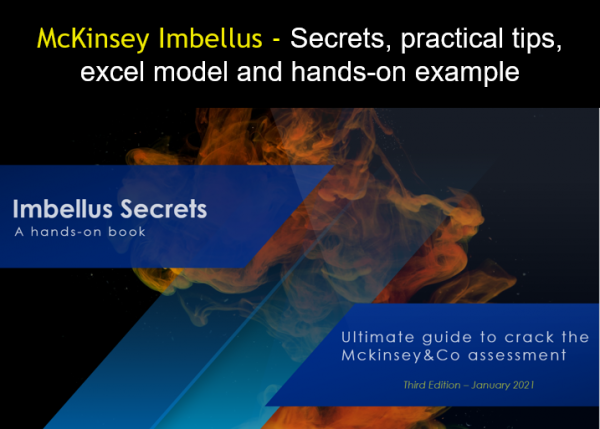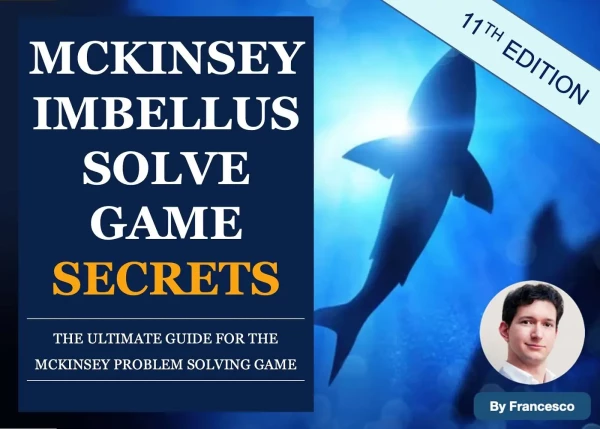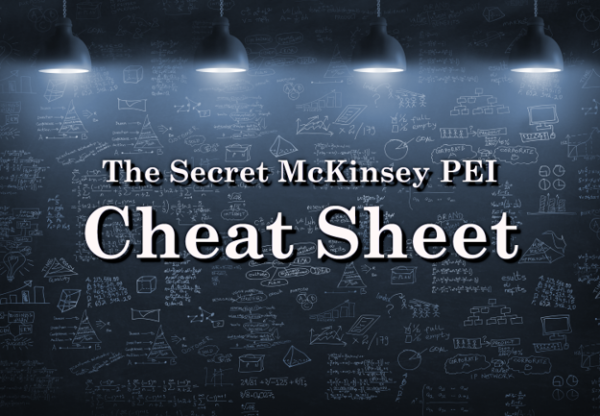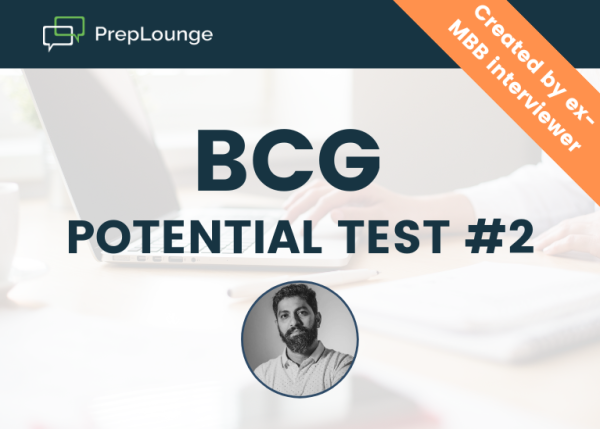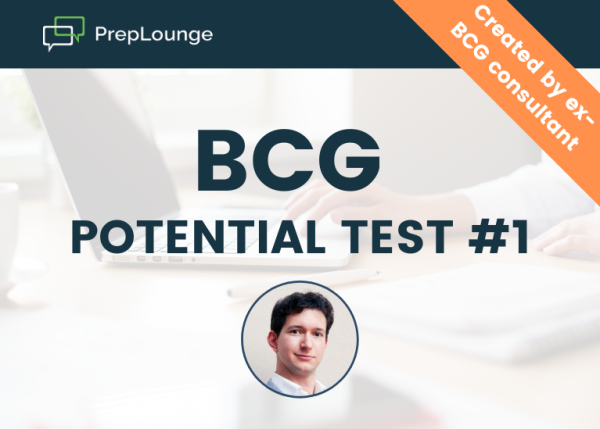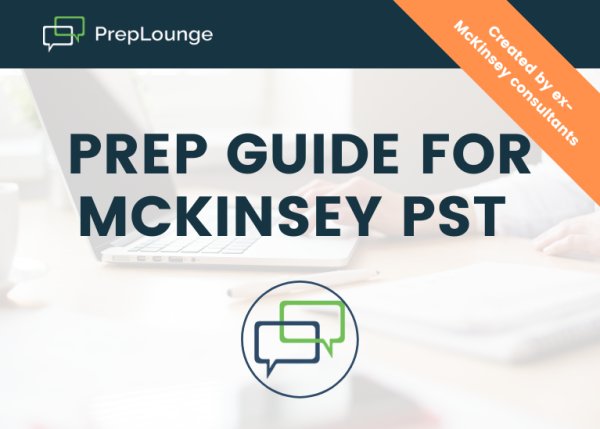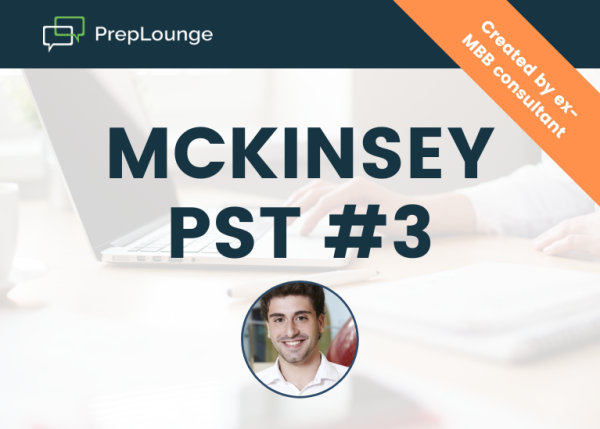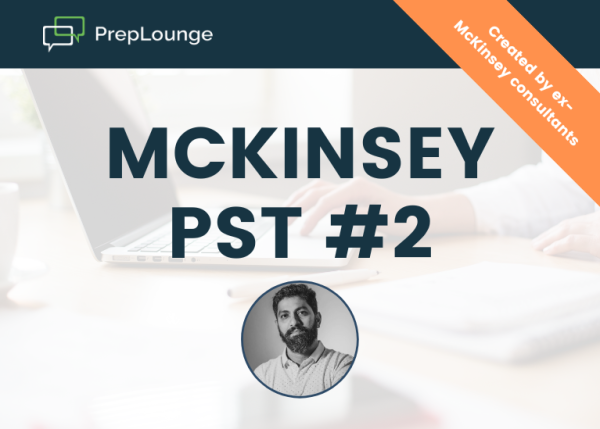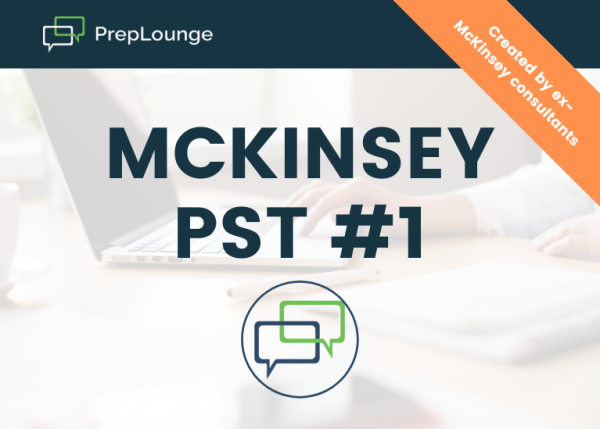I think of the below as an approach, does anyone have any comments?
If the objective is to grow revenue:
- retain existing customers
- gain new customers
How to do that?
- Pricing differentiation (based on channel, geography and value-add etc.)
- Product differentiation (based on increasing range etc.) or Service differentiation (based on identified channel characteristics and needs etc.)
Thanks.










